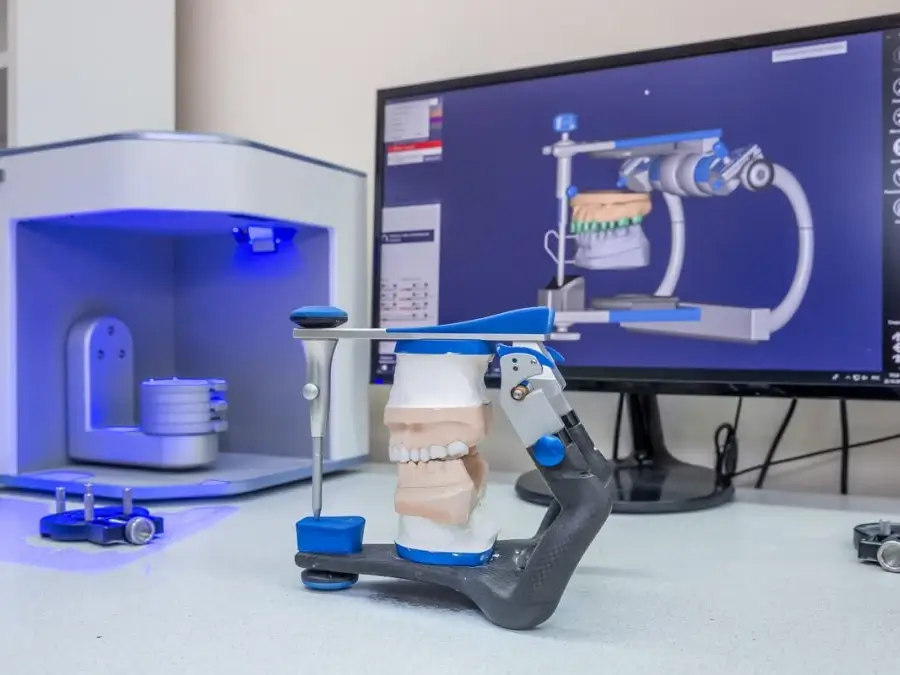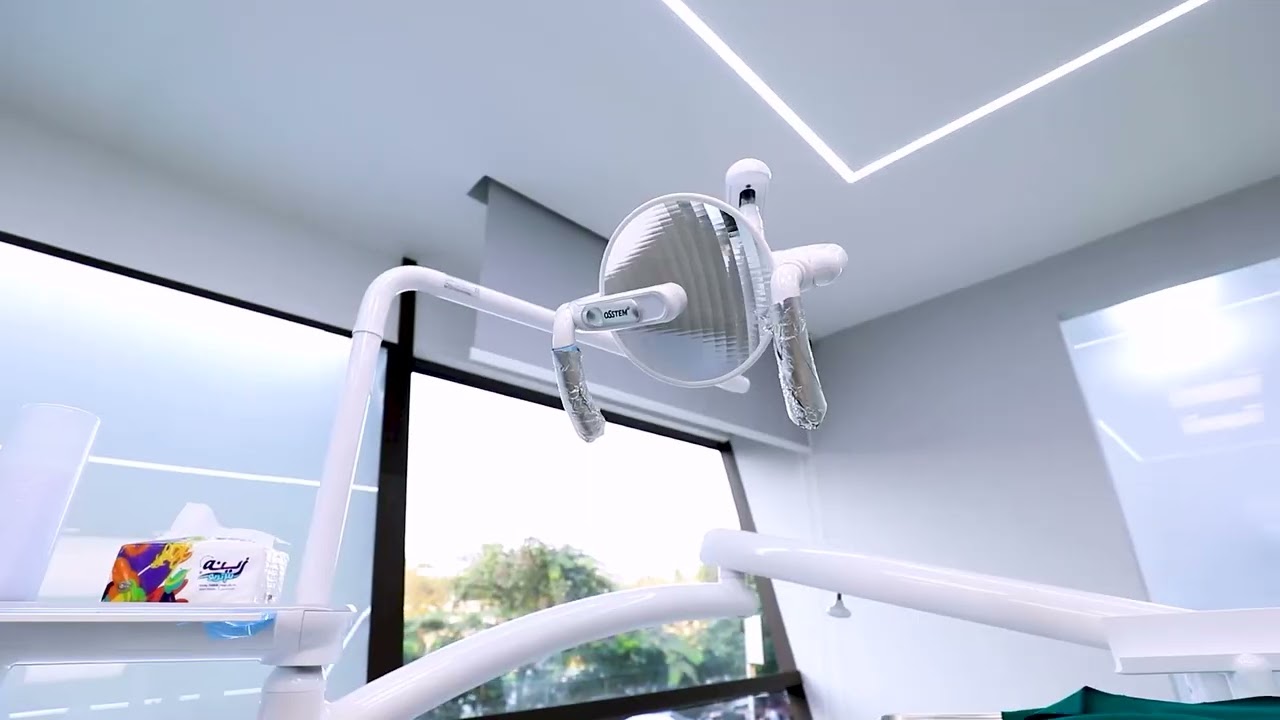In the evolving landscape of dental care, the demand for precision, speed, and patient comfort continues to rise. Clinics equipped with in-house laboratories and advanced imaging tools like panoramic x-rays and CT scans are setting a new standard in treatment quality. This article explores the full spectrum of benefits provided by these technologies, how they impact patient outcomes, and why they are quickly becoming essential in modern dentistry.

The Power of On-Site Dental Laboratories
In-house laboratories eliminate the waiting time associated with outsourcing. Instead of sending impressions or scans to an external lab, all fabrication and modification processes can be performed on-site. This immediacy streamlines workflows, accelerates treatment delivery, and enables same-day restorations in many cases read more.
Faster Turnaround Times for Restorations
Patients no longer need to wait weeks for crowns, veneers, or dentures. With on-site capabilities, dental professionals can design, fabricate, and fit restorations within a single visit. This not only improves the patient experience but also boosts clinic productivity and satisfaction rates.
Enhanced Customization and Precision
Having direct access to the lab allows dentists to collaborate closely with technicians, making real-time adjustments and ensuring every prosthetic fits accurately. The close interaction leads to better aesthetic results and functional performance.
Integrating Panoramic and CT Imaging in Diagnostics
Panoramic x-rays and dental CT scans are non-invasive imaging techniques that offer a comprehensive view of the mouth, jaws, and surrounding structures. These tools significantly improve diagnostic accuracy and help in planning more effective treatments.
What is a Panoramic X-Ray?
A panoramic x-ray captures a 2D image of the entire mouth in a single scan. It is quick, painless, and exposes patients to minimal radiation. Dentists use it to assess wisdom teeth, jawbone structure, sinus issues, and more.
Role of Dental CT Scans in Treatment Planning
Dental cone beam computed tomography (CBCT) provides 3D imaging, offering unprecedented detail of dental and skeletal anatomy. It is especially useful in complex procedures such as implant placement, root canal therapy, and evaluating TMJ disorders.
Combining In-House Labs with Digital Imaging
The integration of on-site labs with advanced imaging creates a fully digital workflow—from diagnosis to final restoration. It allows dentists to plan treatments virtually and execute them with high predictability and control.
Seamless Workflow and Patient Comfort
Digital scans replace traditional molds, which are often uncomfortable. The data can be transmitted instantly to the lab for fabrication. In turn, patients receive quicker, more accurate treatments with fewer visits.
Supporting Minimally Invasive Dentistry
By understanding the exact structure and condition of teeth and bone, dentists can perform conservative procedures that preserve more of the patient’s natural tooth structure. This is particularly crucial in implantology and cosmetic dentistry.
Clinical Benefits and Patient Outcomes
Using in-house technologies and panoramic imaging doesn’t just improve operational efficiency—it directly enhances patient care. The combined systems lead to better diagnostics, faster treatment times, and higher patient confidence.
Increased Treatment Acceptance
When patients can see high-resolution images of their dental issues, they are more likely to understand the necessity of treatment and approve the recommended plan. Visual tools are powerful in educating and engaging patients.
Long-Term Cost and Time Savings
Though the initial setup cost for in-house labs and imaging is high, the return on investment is significant. Patients spend less on multiple visits, and clinics reduce lab fees and delays, resulting in higher profitability and patient loyalty.
Applications in Specialized Treatments
These technologies are especially transformative in areas that require high accuracy, such as orthodontics, periodontics, and implantology.
Orthodontic Planning and Progress Monitoring
With panoramic and 3D imaging, orthodontists can assess jaw development, tooth positioning, and root alignment. This helps them design precise treatment plans and track progress over time.
Implant Surgery and Bone Grafting
CT scans allow dentists to evaluate bone volume and density, ensuring proper implant placement. This reduces the risk of complications and improves the success rate of implant procedures.
Periodontal Disease Evaluation
In cases of advanced gum disease, panoramic and CT imaging reveal the extent of bone loss, helping periodontists determine the most effective course of treatment and monitor healing.
Technology and Patient Trust
Modern patients are tech-savvy and often equate advanced equipment with better care. Clinics that invest in in-house labs and imaging tools are perceived as more capable, trustworthy, and efficient.
Boosting Clinic Reputation and Referrals
Positive patient experiences lead to word-of-mouth referrals. Practices that offer faster, higher-quality treatments stand out in competitive markets and attract more loyal patients.
Personalized Dental Experiences
With customized treatment plans based on detailed diagnostics, patients feel more involved and cared for. This builds trust and strengthens the dentist-patient relationship.
Future Trends in Dental Imaging and Labs
As technology evolves, even more innovations are expected in imaging, artificial intelligence, and 3D printing. These will further streamline dental workflows and elevate the standard of care.
AI Integration for Diagnosis
AI software can now assist in interpreting x-rays and CT scans, identifying caries, infections, or abnormalities with high accuracy. This assists clinicians in making quicker, more confident decisions.
3D Printing and Chairside Milling
Future dental labs will see increased use of 3D printing for crowns, aligners, and surgical guides. Chairside milling machines will allow even more complex restorations to be delivered in a single visit read more.
The Importance of Panoramic X-ray in Early Detection
Panoramic x-ray scans are an essential tool for early detection of dental problems that may not be visible during a regular oral exam. They provide a broad overview of the teeth, jaw, and surrounding structures, helping dentists spot issues such as impacted wisdom teeth, cysts, tumors, and jawbone abnormalities. Early detection through panoramic x-rays allows for timely intervention, often preventing more serious and costly dental treatments down the line. This proactive approach can significantly improve long-term dental health and patient outcomes.
How Panoramic X-ray Enhances Treatment Planning
In addition to its diagnostic capabilities, panoramic x-ray imaging plays a crucial role in treatment planning. The clear, comprehensive view it provides of the teeth, gums, and jaw allows dentists to plan complex procedures with higher precision. Whether it’s for implants, extractions, or orthodontics, the panoramic scan ensures that the dentist has all the information needed to make informed decisions. It also allows for better prediction of post-treatment outcomes and minimizes the risk of complications during procedures, ultimately leading to smoother treatments and faster recovery times for patients.

